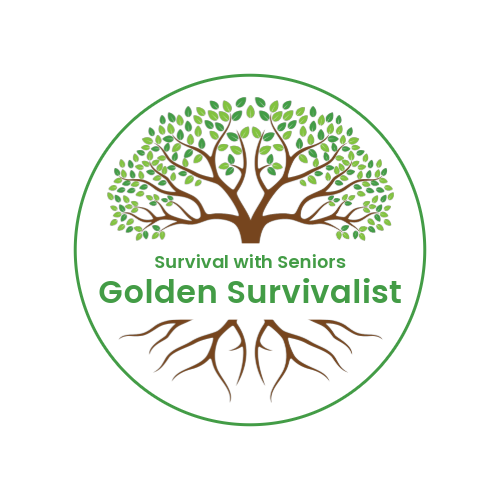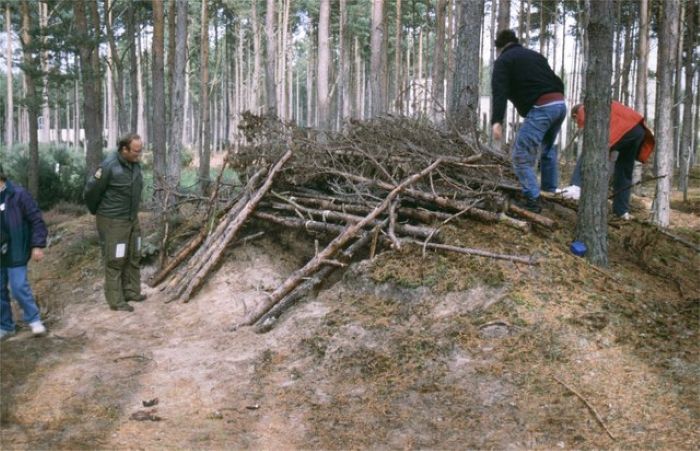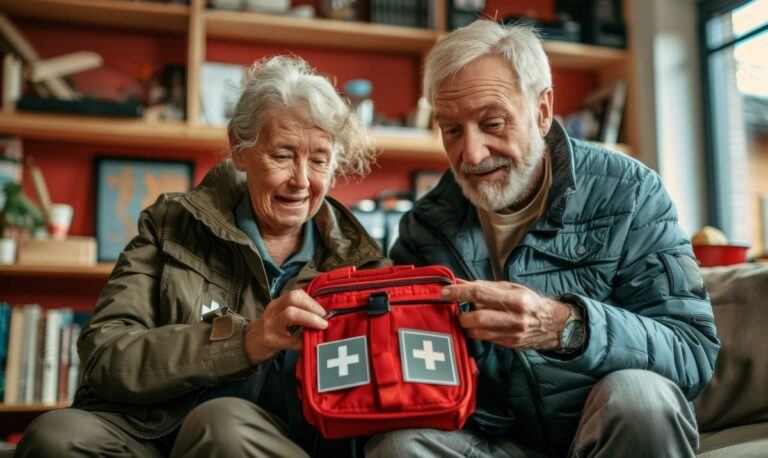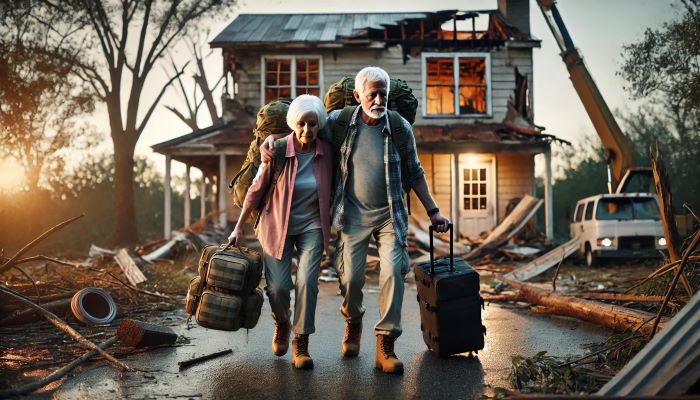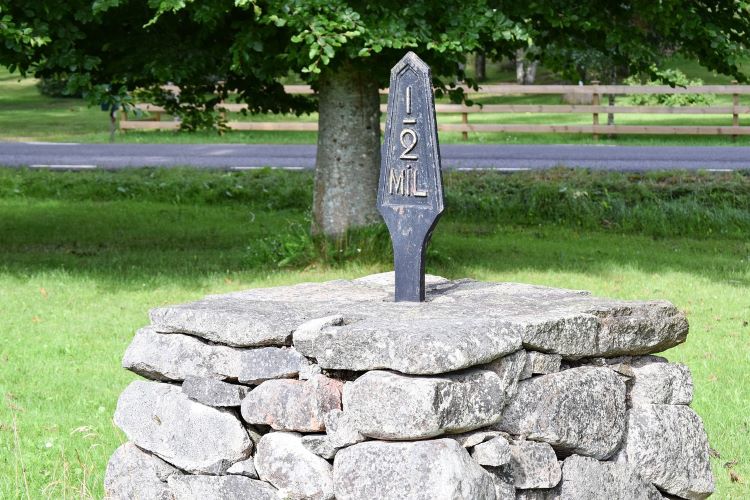Medical and Mobility Blind Spots: Section 6

Most preppers think they’ve got medical covered with a first aid kit and some bandages. They imagine treating cuts, burns, and maybe a broken bone. But we senior survivalists know that real medical preparedness goes far beyond trauma care.
As someone who has been on this planet for 76 years, I understand that medical preparedness is about:
- maintaining my health when doctors aren’t available,
- managing chronic conditions without pharmacies,
- and dealing with the kinds of injuries and illnesses that develop slowly over time.
When stress increases, sanitation decreases, and nutrition changes, your body becomes vulnerable in ways that don’t show up in first aid manuals. You’re not just treating accidents.
- You’re preventing infections,
- managing pain,
- dealing with dental problems,
- and keeping people mobile when their bodies want to shut down.
Related: The First Aid and Medical Challenge: Month 7
The gaps in medical preparedness aren’t dramatic. They’re the quiet failures that compound over time.
- The pulled muscle that becomes immobilizing.
- The minor cut that gets infected.
- The dental pain that makes eating impossible.
- The mobility issue that turns a capable person into dead weight.
Prescription medication management is where most people fail first. They assume they can stretch their pills or find alternatives when supplies run low. That’s dangerous thinking. If you’re diabetic, hypertensive, or managing any chronic condition, running out of medication isn’t just uncomfortable—it’s life-threatening.
Three-month supplies aren’t enough in long-term scenarios. Work with your doctor to get six-month prescriptions when possible. Some doctors will prescribe “travel supplies” or emergency reserves if you explain your concerns honestly.
Store medications properly—cool, dry, dark places away from temperature swings. Rotate stock regularly. Check expiration dates. Some medications lose potency over time but remain functional. Others become dangerous. Know the difference.
Pain management becomes critical when you’re working harder, sleeping poorly, and dealing with injuries that would normally heal with rest. Over-the-counter pain relievers are essential, but variety matters.
- Ibuprofen reduces inflammation.
- Acetaminophen doesn’t upset stomachs as much.
- Aspirin helps with heart issues.
Stock different types, different strengths, and both pills and topical creams.
- Heat patches and cold packs provide drug-free relief for muscle strain and inflammation.
- Compression wraps support injured joints and reduce swelling.
- Remember to add these to your bug-out bag.
When you’re moving constantly or doing physical labor, minor aches become major problems without proper pain control. Don’t tough it out. Manage it before it manages you.
Dental emergencies are overlooked entirely by most preppers. Toothaches, lost fillings, broken teeth, and gum infections don’t wait for dentists to reopen. They can be excruciating and debilitating.
- Temporary filling material—available at any pharmacy—can seal exposed nerves and buy time.
- Oil of cloves (eugenol) numbs dental pain naturally.
- Dental picks and mirrors let you see what’s happening inside your mouth.
Even basic dental hygiene becomes harder when water is limited. Pack extra toothbrushes, floss, and toothpaste. Consider water flossers that use less water than traditional rinsing. Gum disease leads to serious infections that can spread through your bloodstream.
Mobility aids aren’t just for elderly or disabled people. Anyone can injure an ankle, strain a knee, or develop back problems from heavy lifting and poor sleeping conditions.
- Crutches,
- canes,
- and walking sticks help people stay mobile when they’d otherwise be bedridden.
- Knee braces and ankle supports provide stability for weak or injured joints.
- Elastic bandages can be wrapped to provide compression and support.
- Even a simple walking stick cut from a tree branch can reduce the load on an injured leg.
Splinting materials go beyond the basic wooden splints in first aid kits. SAM splints are lightweight, moldable aluminum strips that can immobilize almost any limb. They’re reusable, waterproof, and take up minimal space.
Combine the SAM splints with medical tape, gauze, and padding to create professional-quality splints for fractures, sprains, or dislocations. Practice using them before you need them.
Proper splinting:
- reduces pain,
- prevents further injury,
- and keeps people mobile.
Advanced wound care becomes essential when healing takes longer due to stress, poor nutrition, and limited hygiene. Basic bandages aren’t enough for wounds that won’t close or show signs of infection.
- Medical-grade honey has antibacterial properties and promotes healing.
- Silver-impregnated dressings fight infection naturally.
- Hydrocolloid bandages create moist healing environments for faster recovery.

- Surgical gloves,
- sterile water,
- and irrigation syringes help clean wounds properly.
- Butterfly closures and medical-grade tape can hold skin together when stitches aren’t available.
- Antibiotic ointments prevent minor cuts from becoming serious infections.
Blood pressure and diabetes monitoring equipment lets you track vital signs when medical professionals aren’t available. Digital blood pressure cuffs are compact and battery-operated. Blood glucose meters help diabetics manage their condition.
Even non-diabetics can benefit from glucose monitoring during high-stress periods when diet and sleep patterns change dramatically. Ketone test strips help identify dangerous metabolic states. Thermometers track fevers and help diagnose infections early.
Respiratory support becomes critical when air quality decreases due to fires, dust, or chemical exposure. N95 masks filter out particles but not gases. P100 masks provide better protection. Full-face respirators protect eyes and airways simultaneously.
Inhalers aren’t just for asthmatics. Emergency bronchodilators can help anyone experiencing respiratory distress from smoke inhalation or allergic reactions. Nebulizers and saline solutions help clear airways and reduce inflammation.
Mobility equipment maintenance is as important as having it. Crutches break. Wheelchair wheels go flat. Walking aids wear out or get damaged. Keep spare parts, tools, and backup equipment.
- WD-40 (amazingly helpful in many survival situations) and basic tools keep mechanical aids functioning.
- Spare batteries for powered equipment.
- Replacement tips for canes and crutches.
- Even duct tape (another must-have for survival) can temporarily repair mobility aids until proper fixes can be made.
Medical reference materials bridge the gap between first aid and professional care.
- Printed medical handbooks,
- symptom guides,
- and medication references help you make informed decisions when Google isn’t available.
Laminated quick-reference cards for
- vital signs,
- medication dosages,
- and emergency procedures can save lives.
- Include pictures and diagrams for procedures you might need to perform.
Practice reading and following these guides before emergencies strike.
Specialized medical needs vary by group but are often completely overlooked.
- Hearing aid batteries for deaf or hard-of-hearing members.
- Contact lens supplies and backup glasses.
- Oxygen concentrators for respiratory patients.
- Catheter supplies for those with bladder issues.
- Diabetic testing supplies and insulin storage.
- Blood pressure cuffs for hypertensive patients.
Don’t assume people will “tough it out” or that conditions will improve under stress. They usually get worse.
Physical therapy and recovery tools help people bounce back from injuries faster.
- Resistance bands provide gentle strengthening exercises.
- Foam rollers help with muscle recovery.
- Hot water bottles and heating pads (12V versions for vehicles) provide therapeutic heat.
Massage tools reduce muscle tension and improve circulation. Even tennis balls can be used for trigger point therapy and muscle release. Movement and gentle exercise prevent injuries from becoming permanent disabilities.
The goal isn’t to become a doctor. It’s to bridge the gap between injury and professional care, or to maintain health when professional care isn’t available. Medical preparedness is about keeping people functional, mobile, and as healthy as possible under adverse conditions.
Most medical emergencies in survival situations aren’t dramatic trauma. They’re the:
- slow degradation of health due to poor nutrition,
- inadequate rest,
- increased stress,
- and limited hygiene.
Address these systematically, and you prevent most serious medical problems before they start.
Think beyond first aid. Think long-term health maintenance, chronic condition management, and keeping people mobile and productive. That’s the difference between surviving and thriving when medical help is days, weeks, or months away.
Have you thought about the blind spots in your first-aid plan? What new items would you pack in a medical or mobility situation? Please drop a comment below. Your ideas might help someone else navigate the challenging days.
